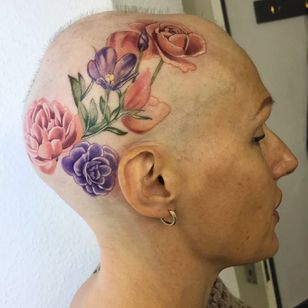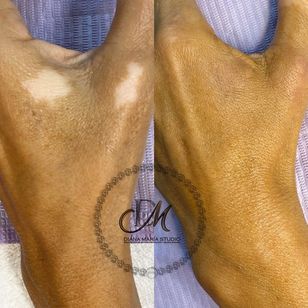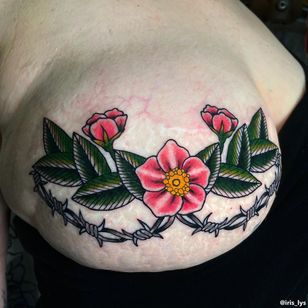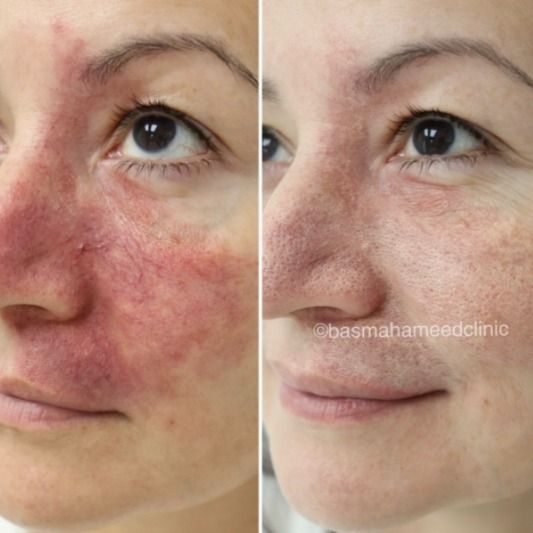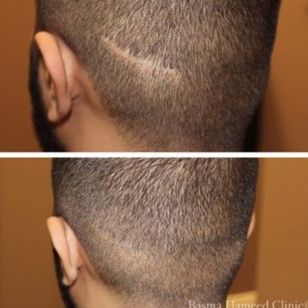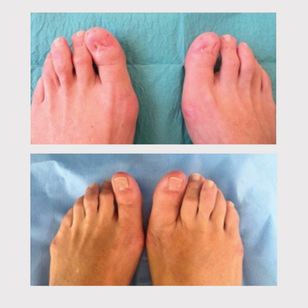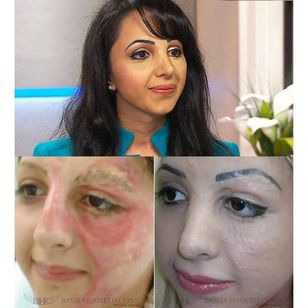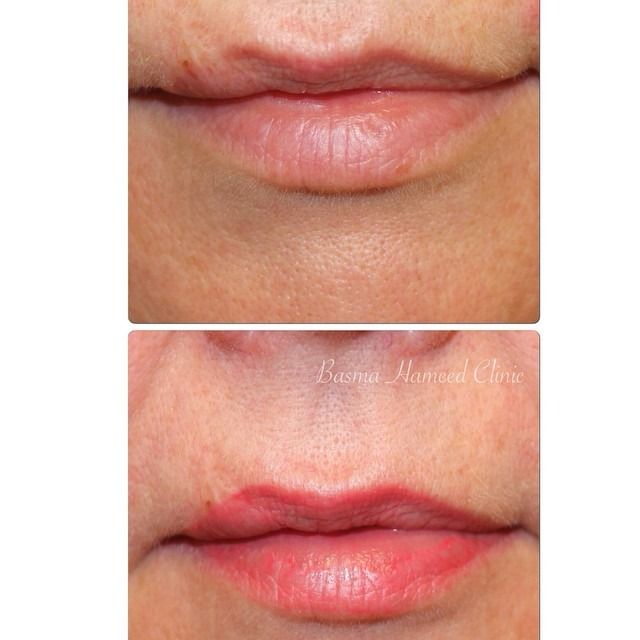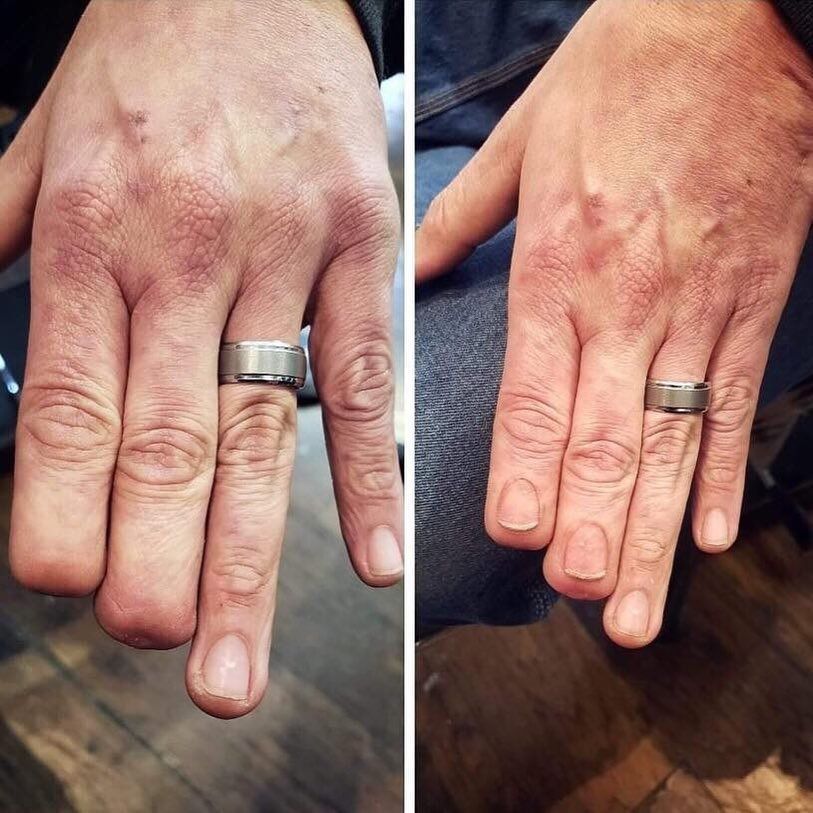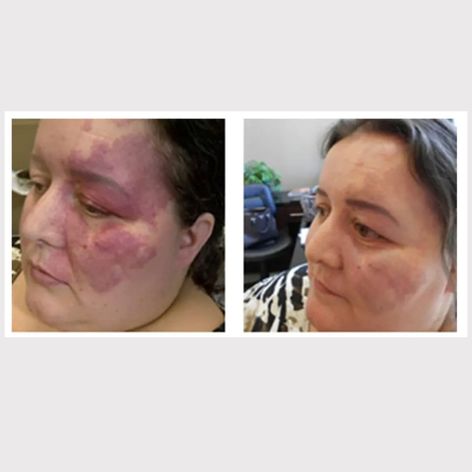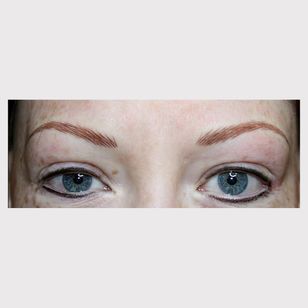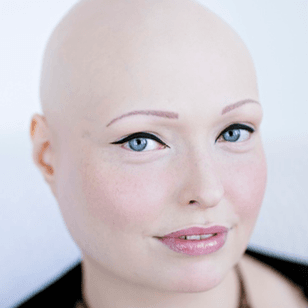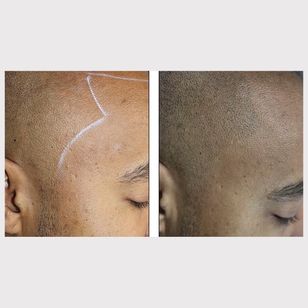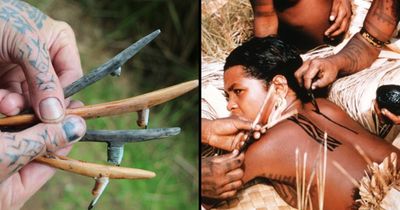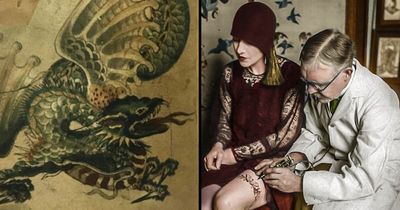The Restorative Art of Paramedical Tattooing

Summary
Discover how paramedical tattoos are being used to restore confidence and help people feel whole again.
Following an injury, surgery or illness, people are often left with an altered physical appearance. This can range from a small scar to a change in the skin’s pigment, or even the loss of a certain body part entirely, which can significantly impact a person’s sense of self.
In a bid to feel “normal” again, a number of patients are turning to paramedical tattooing. Read on to learn what they are, how they work and the skin changes that can be treated. We’ll also take a look at some of the tattooists offering paramedical tattoos, and the positive effect they’re having on recipients.
Top Paramedical Tattoo Questions
What is a paramedical tattoo?
A relatively new concept, paramedical tattooing is essentially an advanced form of permanent makeup. The main aim with this kind of tattoo is to restore a person’s physical integrity and in some cases, help with psychological recovery after a traumatic event.
Paramedical tattoos can be used to camouflage scars and stretch marks, mimic hair growth, recolour skin that has lost its pigment, and even restore the appearance of certain body parts using realistic anatomical designs.
Paramedical camouflage tattoo for a port wine stain birthmark via Basma Hameed #basmahameed #paramedicaltattoos #cosmetictattoos #medicaltattoos #camouflagetattoos
How does paramedical tattooing work?
The process involves depositing pigment into the dermal layer of the skin to change its appearance, in much the same way as traditional tattooing. However, with paramedical tattoos, the medical grade ink is designed to blend in rather than stand out.
Shadows and highlights can be added the create a 3D effect where required and small dots are often used instead of solid lines. This gives a more natural finish and allows for seasonal colour changes in the skin’s pigment.
Patients generally need multiple treatments in order to achieve their desired look. After that, paramedical tattoos are largely permanent with annual touch-ups recommended to maintain the best result in some cases.
Skin depigmentation camouflaged with paramedical tattoo – image courtesy of Indellibelle #paramedicaltattoos #cosmetictattoo #skindepigmentation #camouflagetattoo
What types of skin changes can be treated?
Paramedical tattooing can be used for scar camouflage, nipple restoration, hair loss, and even camouflaging missing body parts. A skilled paramedical tattooer can help create a unique tattoo just for your particular skin issue. Read on below to see the top types of paramedical tattoos.
Top Types of Paramedical Tattoos
Scars
One of the most popular forms of paramedical tattooing, is scar camouflage. This involves using natural skin tone pigments to minimise the visibility of a scar and help it blend in with the surrounding skin better. Although the process won’t fully conceal the scar, it will make it much less noticeable.
For those who like bolder forms of body art, scars can also be covered with standard tattoos. Floral patterns work well for this, along with designs that have feathered edges or lots of texture in which to hide any irregularities in the skin.
Alternatively, a scar can be cleverly incorporated into a tattoo design. Rather than covering the scar, this is done to transform it into something more positive to boost confidence without erasing the memory of it entirely.
Paramedical tattoos can be used to disguise scars that are lighter than your natural skin tone and at least 12-18 months old. This includes accidental scars such as those caused by falling as a child, surgery scars following things like c-sections or tummy tucks and self-inflicted scars for those who’d like to put a difficult past behind them. The appearance of stretch marks can also be improved, but the bigger they are the harder they are to cover.
Industry pioneer Basma Hameed is perhaps the most famous tattooist specialising in scar camouflage. After surviving third degree burns to her face as a child, she underwent numerous surgeries and laser treatments in an attempt to repair her skin. However, she was left with an irregular pigment and no eyebrow on one side of her face.
After learning about skin micropigmentation and realising that it was possible for scar tissue to hold pigment, she decided to ink a permanent eyebrow on herself. From there, she explored flesh toned inks and over nearly 3 years, tattooed her own face to cover her red scarring. She now tattoos others and teaches people how to improve the appearance of scars and birthmarks, as well as donating treatments to those who can’t afford them.
Scar camouflaged by paramedical tattoo by Basma Hameed Clinic #BasmaHameed #paramedicaltattoos #cosmetictattooing #permanentmakeup #scalpmicropigmentation #scarcoverup
Missing body parts
Now, we’re not saying paramedical tattoo artists can perform miracles and reinstate lost limbs. However, they are able to restore the appearance of missing fingernails, toenails and even areolas lost during breast reconstruction surgeries, through three-dimensional tattooing techniques used to create the illusion of nipple protrusion.
Atlanta based paramedical tattooist Feleshia Sams, is a specialist in this technique. After receiving training in the basics of restorative tattooing, she felt that patients deserved better than a flat, inauthentic design. Sams sought out a traditional tattooist and learnt how to blend colours and add dimension, so she could create more realistic 3D nipple restorations and effective camouflage. She now trains others at her Academy of Advanced Cosmetics.
Another artist with restorative tattooing skills is Eric Catalano, based at Eternal Ink Tattoo Studio in St. Louis. He first made headlines in January 2019, after tattooing some lifelike fingernails on a man who had lost the tip of his fingers in a construction accident.
Initially done as a joke piece, the hyper-realistic design went viral online and people now travel from all over the world to have their skin transformed, including amputees and breast cancer survivors seeking nipple restoration.
Catalano’s paramedical tattoos are done free of charge on “Wellness Wednesday” at his studio. He told the New York Times: “Every time I see that emotion, I’m 100% sure that this is something that I can’t stop doing.” He now has a GoFundMe page set up for donations.
Realistic fingernail restoration tattoo by Eric Catalano #EricCatalano #fingertattoo #fingernailtattoo #paramedicaltattooing #cosmetictattooing #restorativetattoos #anatomytattoo
Irregular pigmentation
Patients with vitiligo, cleft lip scarring and noticeable birthmarks are also good candidates for paramedical tattooing.
In the case of vitiligo, a medical grade ink matching your natural skin tone can be added to light patches of skin that have lost their pigment to help them blend in. For those with cleft lip scarring, paramedical tattoos can be used to balance out the shape of the lips by creating a more symmetrical lip line and filling in the lips with a natural shade.
Although more difficult to camouflage, birthmarks can also be lightened and blended into the surrounding skin over multiple sessions. Basma Hameed’s client Annette White explained the difference skin camouflage made in her life: “I didn’t want to work because of it. Everywhere you go you’re being judged…. Now I’m going to school and I have a job… I’m doing so much more than I ever thought possible.”
Hair loss
Paramedical tattoos also offer benefits for people with alopecia and those who are going bald. Known as scalp micropigmentation in this context, a pigment similar to your natural hair colour is added to follicles using dots or strokes, to simulate the appearance of hair growth.
This type of permanent makeup is predominantly used to improve receding hairlines and reduce the glare of a bare scalp. It can also be used to fill in sparse eyebrows, line eyes that lack eyelashes and even add a 5 o'clock shadow in men who want to restore the look of a beard.
Renée Cleovoulou offers scalp micropigmentation at her Dermatography Clinic in London and hopes paramedical tattooing will soon be recognised as a form of occupational health therapy. One of her clients, an anonymous alopecia patient, told the Daily Mail: “I feel like my mental state has been rejuvenated and I’m not afraid to show the world “ME” again.”
Emotional healing
In addition to the amazing physical results of paramedical tattooing, it’s evident that this type of skin transformation offers its recipients a whole lot more than that. Those who have experienced a life-altering injury, are often emotionally scarred too and their change in appearance can serve as a permanent reminder they’d rather not have. Similarly, people with an irregular skin pigmentation, often experience adverse effects because of it.
Paramedical tattooing empowers people to alter their appearance in a way they find more aesthetically pleasing. This in turns boosts their self-esteem and helps them feel comfortable in their own skin. And for people who have lost a physical part of their body, restorative tattooing can be the final step towards feeling like themselves again. It is in this sense that paramedical tattoos, although barely noticeable, can be truly life-changing for their wearers.
Top surgery tattoo by Addy Engeman aka stabsnscabs #AddyEngeman #stabsnscabs #topsurgerytattoo #leaves #leaf #plant #nature
